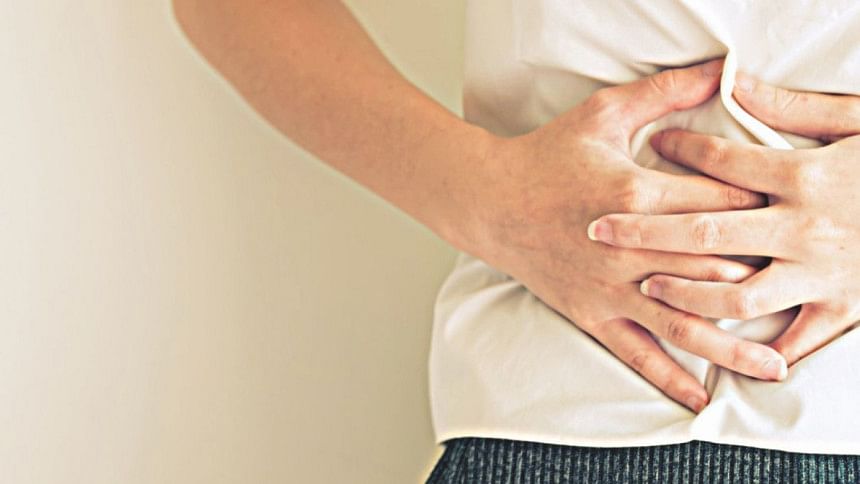Gallstones: reasons behind and remedy

Gallstones can be simply defined as the solid stones formed in the gallbladder. The gallbladder is a pear-shaped small structure that remains underneath the liver and by a common bile duct it is connected with the liver. The main functions of the gallbladder are to store and concentrated bile (which is produced in the liver) for the secretion at the proper time to the duodenum. In developed countries, 10–15% of adults have gallstones.
When gallstones are formed, the important functions of the gall bladder's secretion such as emulsifying action on fat particles and absorption of fatty acids, vitamins, monoglycerides, cholesterol and other lipids from the intestinal tract are affected.
According to Harvard Health publications, 80% of gallstones are made of cholesterol. The other 20% of gallstones are made of calcium salts and bilirubin. It can vary in size from a few millimeters to a few centimetres.
Several kinds of research show that too much cholesterol in bile can cause gallstones. The excess cholesterol forms crystals if too much absorption of water from bile is happened because of its insolubility in water and from these crystals gallstones may form. Obese people, people with a high blood cholesterol level, women who take drugs containing oestrogen e.g. contraceptive pills having increased risk to form gallstone.
Many drugs have been implicated in gallstone disease. The most common offenders include ceftriaxone, clofibrate, progestogens and octreotide.
Gallstone disease may not be symptomatic until there are complications. Only one third of patients will at some time experience symptoms. It can lead to pain in the upper right abdomen (acute cholecystitis); pain may start from time to time when the patient eats foods that are high in fat, such as fried foods. The pain does not usually last more than a few hours. Other symptoms may include nausea, vomiting, dark urine, clay-coloured stools, stomach pain, burping, diarrhoea, indigestion etc.
Abdominal ultrasound is the most important initial diagnostic tool, which may show soft tissue mass in the gallbladder. CT scan with contrast film shows contrast enhancement of the gallbladder mass. Endoscopic Retrograde Cholangio-Pancreatography (ERCP) may be needed to locate and remove bile duct stones.
Though the usual treatment for gallstone is surgery to remove the gallbladder, there are also non-surgical options but gallstones often recur within 5 years after non-surgical treatment.
Patient having a gallbladder attack or other symptoms should remove the gallbladder urgently for avoiding serious infection. On the other hand, non-surgical treatment includes oral dissolution therapy, Ursodiol and Chenodiol are generally applied but that required months or even years to dissolve all stones and another option is Shock wave lithotripsy (shock waves pass through the patient's body and crush the gallstone).
In the absence of gallbladder, bile flows out of the liver through the common bile ducts, instead of being stored in the gallbladder. Discomfort, softer stools after removal of the gallbladder may happen but changes in bowel habits are usually temporary. After surgery, patient should avoid fatty and spicy food, alcoholic beverages and should take several small meals instead of 3 times a day.
One can minimise the risk of gallstones by maintaining a healthy weight and low cholesterol level through proper diet and nutrition that is high in fibre and at the same time women should avoid oestrogen containing contraceptive pills for the betterment of health.
The writer is a student of Pharmacy at Bangabandhu Sheikh Mujibur Rahman Science and Technology University. E-mail: [email protected]

 For all latest news, follow The Daily Star's Google News channel.
For all latest news, follow The Daily Star's Google News channel. 



Comments